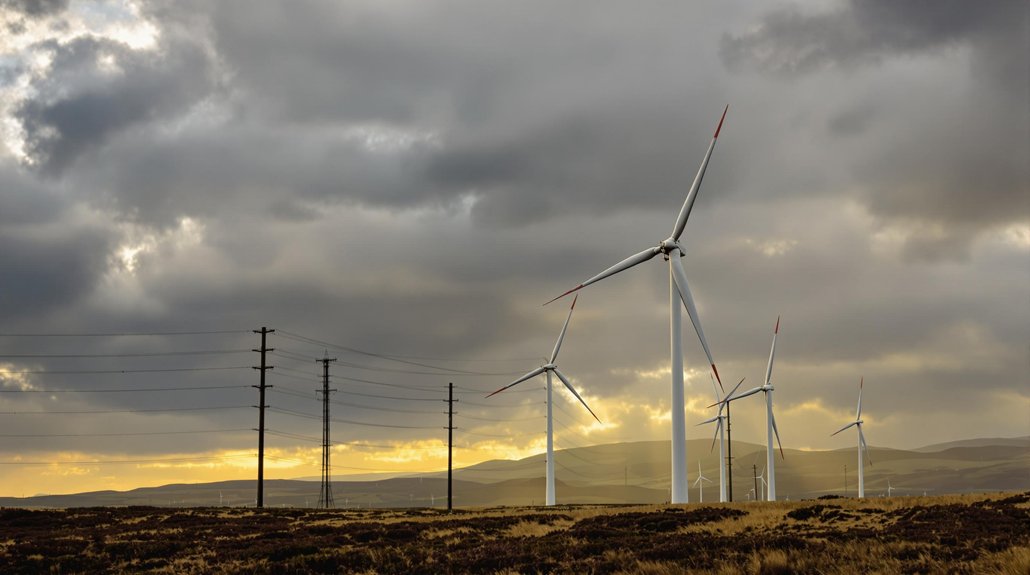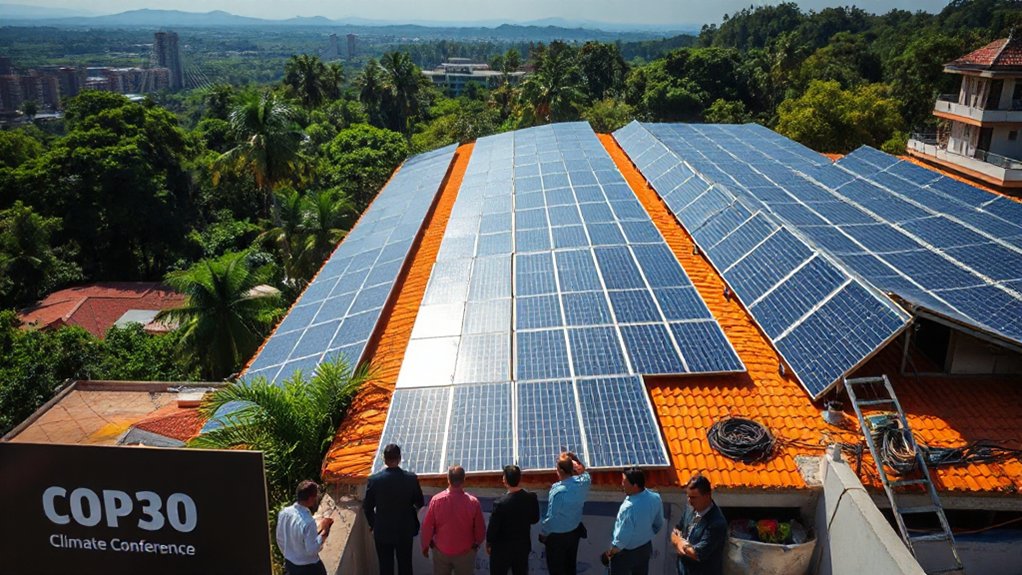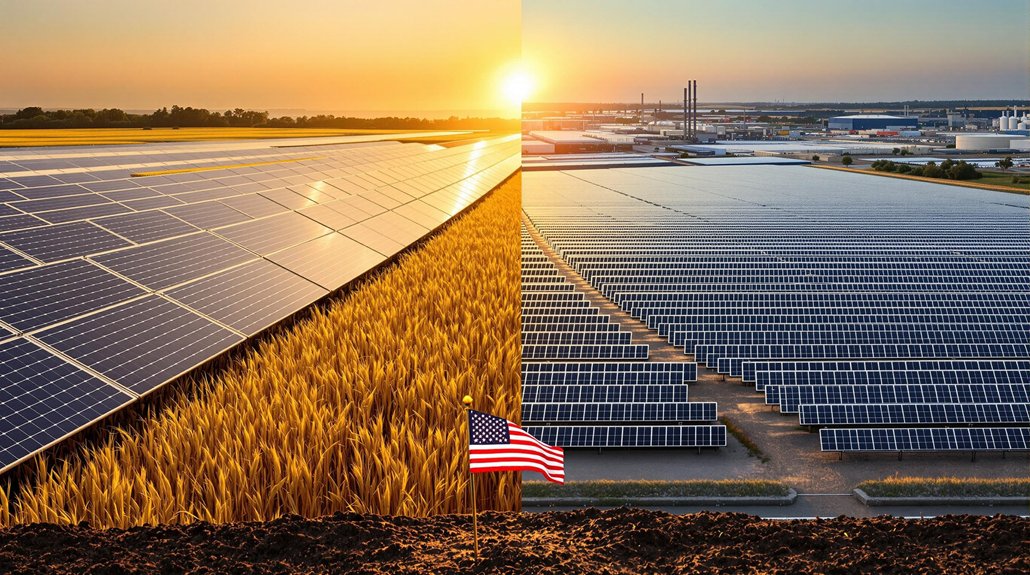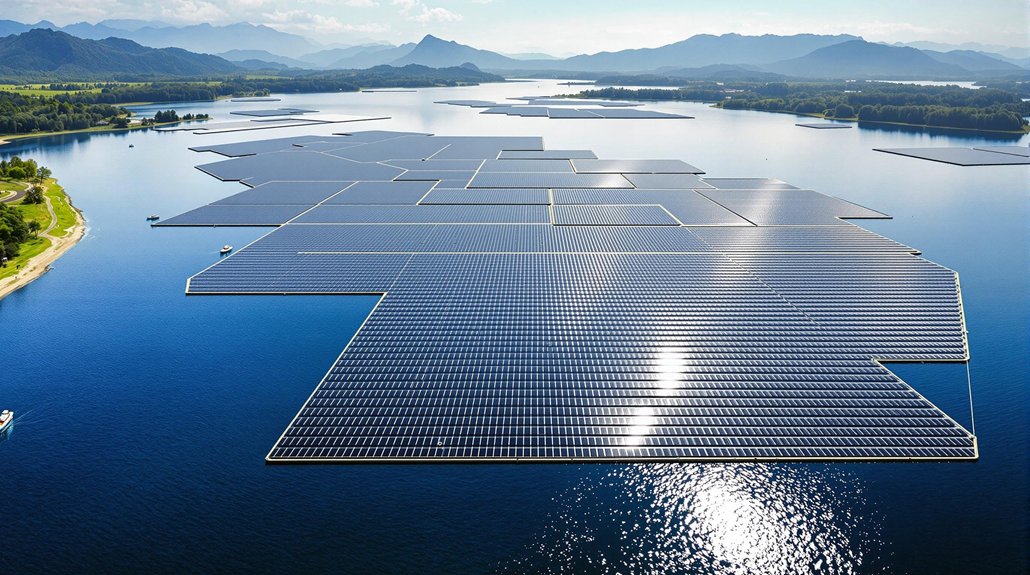Renewable energy is booming worldwide with 507 gigawatts added in 2023, a 50% increase from the previous year. China leads this surge, installing as much solar in 2023 as the entire world did in 2022. The U.S. saw solar capacity reach 220 gigawatts in 2024. Despite this growth, challenges loom: grid limitations, permitting issues, high interest rates, and supply chain disruptions threaten future expansion. These obstacles could slow progress in an otherwise thriving sector.
While the global energy landscape continues to evolve, renewable energy has reached unprecedented growth levels worldwide. In 2023, a remarkable 507 gigawatts of renewable capacity was added globally, representing a 50% increase from the previous year. Solar power led this expansion, accounting for three-quarters of all new installations.
China continues to dominate the renewable energy sector. In 2023, China installed as much solar capacity as the entire world did in 2022. The nation is on track to reach its 2030 wind and solar targets six years ahead of schedule, with renewables expected to generate nearly half of China’s electricity by 2028. China will account for 56% of global renewable capacity expansion from 2023-2028, with growth tripling compared to the previous five years.
China’s renewable dominance continues, with 2023 solar installations matching the entire world’s 2022 capacity.
The United States is also making significant strides. Solar capacity reached 220 gigawatts in 2024, providing 7% of the nation’s electricity. U.S. solar additions increased by 44% from 2023 to 2024, reaching 39.6 gigawatts. Battery storage capacity has nearly doubled, helping to address intermittency concerns. Federal tax credits cover 30% of installation costs, making renewable energy systems more accessible to American consumers.
Global renewable electricity is hitting major milestones. Renewables surpassed coal as the largest electricity source in 2025. Wind and solar now generate more electricity than hydropower, and they’re expected to each exceed nuclear generation by 2026. By 2028, renewable sources will account for over 42% of global electricity.
The market for renewable energy continues to expand rapidly. It’s projected to reach $2.026 trillion by 2030, growing at a 9.6% annual rate. Asia currently accounts for 48.33% of all renewable generation. The COP28 climate talks established ambitious goals to triple renewable capacity by 2030, recognizing the urgent need for accelerated decarbonization.
Despite this impressive growth, challenges remain. Grid capacity limitations, permitting difficulties, high interest rates, and supply chain issues threaten continued expansion. Policy uncertainty also poses risks to existing support mechanisms.
The renewable sector is creating significant economic opportunities. In the U.S. alone, $500 billion is expected to be invested in clean energy manufacturing, potentially creating 100,000 new jobs. Clean energy already represents over half of energy jobs added in 2023, with hiring rates double those in the fossil fuel industry.









